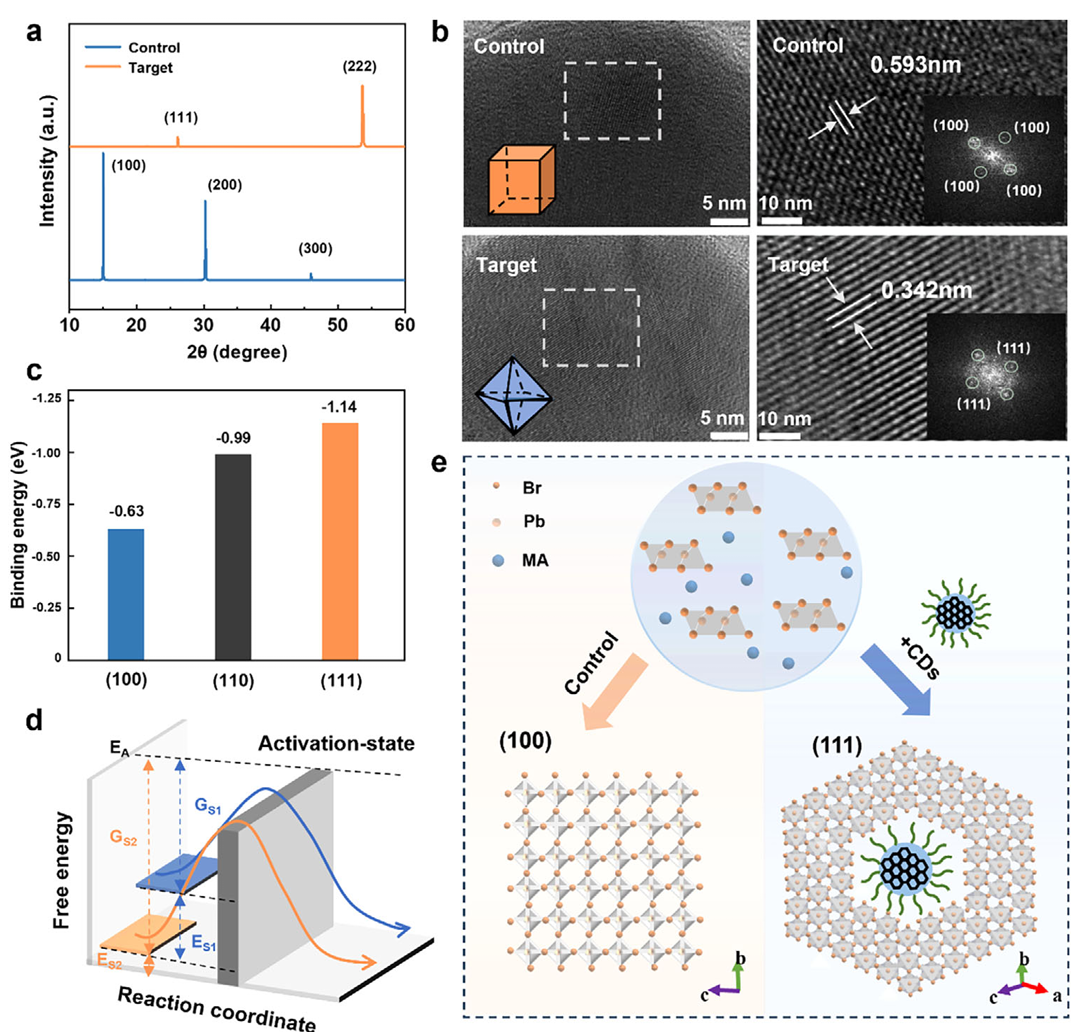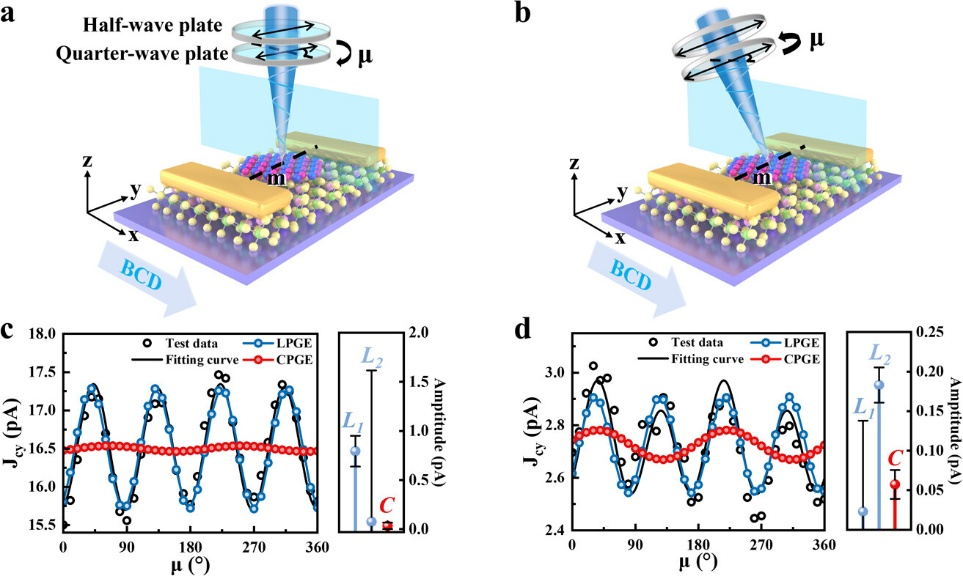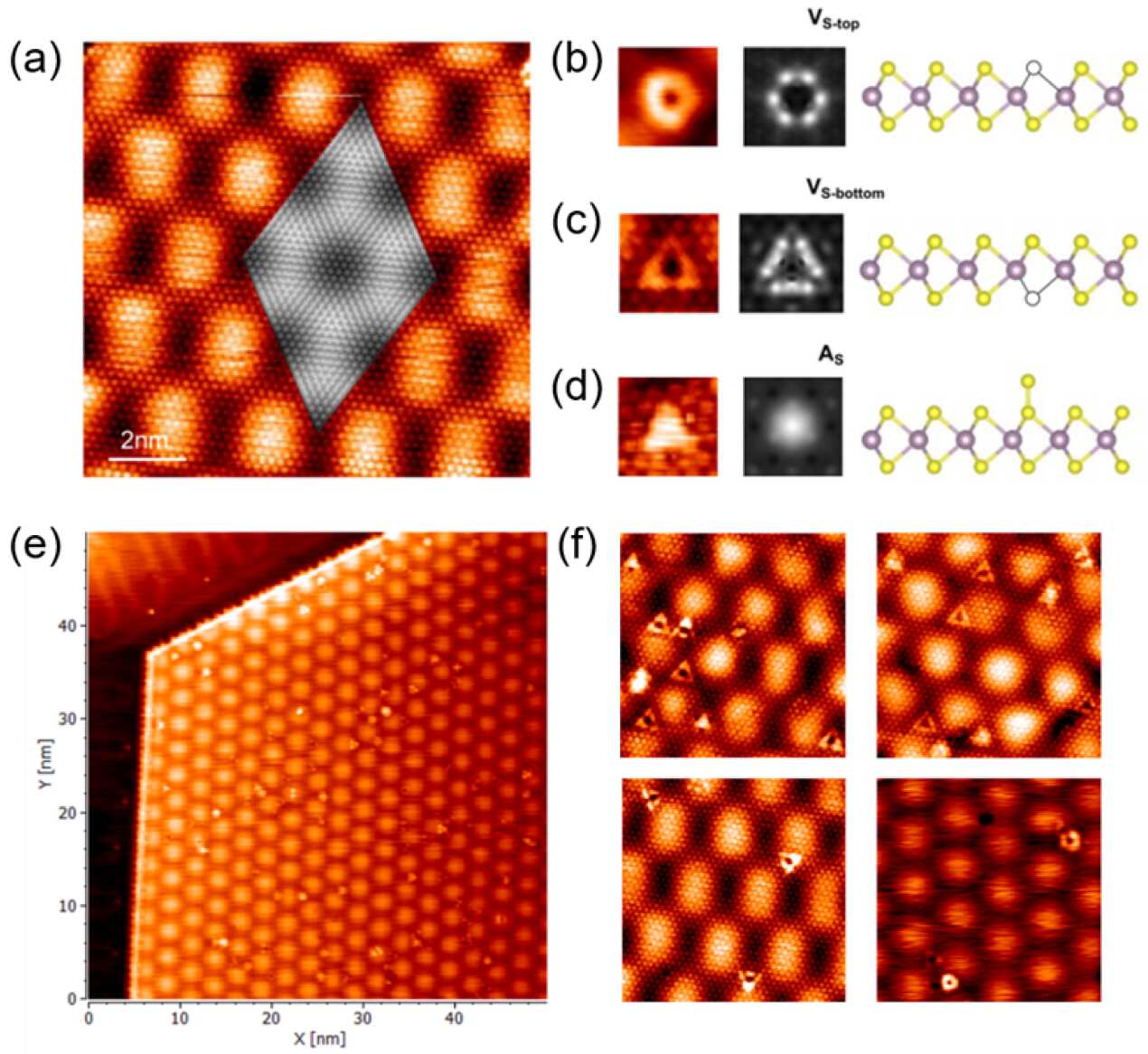
A team of researchers from Changchun Institute of Optics, Fine Mechanics and Physics at the Chinese Academy of Sciences developed a method to improve the stability and performance of perovskite photodetectors by controlling crystal facet orientation with carbon dots (CDs).

Researchers from the Changchun Institute of Optics, Fine Mechanics and Physics, Chinese Academy of Sciences, and collaborating institutions, reporting in ACS Applied Materials & Interfaces, have demonstrated a novel method to generate spin-dependent electrical currents at room temperature by precisely controlling the symmetry at the interface between two atomically thin materials.

Published in Molecules by MDPI, a study led by researchers from the Changchun Institute of Optics, Fine Mechanics and Physics (CIOMP) at the Chinese Academy of Sciences (CAS) demonstrated how deep learning can streamline the identification of atomic-scale defects in molybdenum disulfide, a promising two-dimensional (2D) material for next-generation electronics.

Published in Physical Review Letters by the American Physical Society, a recent study from the Changchun Institute of Optics, Fine Mechanics and Physics (CIOMP) at the Chinese Academy of Sciences (CAS) demonstrated how nitrogen vacancies can resolve asymmetric carrier injection in GaN-based light-emitting diodes (LEDs), offering a practical solution to enhance device efficiency.

Published in iScience, researchers from Changchun Institute of Optics, Fine Mechanics and Physics at the Chinese Academy of Sciences developed an all-optical neural network using multi-channel fiber arrays to address the high energy costs and slow training times of traditional AI hardware.

Researchers from the Changchun Institute of Optics, Fine Mechanics and Physics, Chinese Academy of Sciences, along with collaborators at Jiangnan University and Wenzhou Medical University, have developed a rapid method to identify lactic acid bacteria directly on agar plates.
